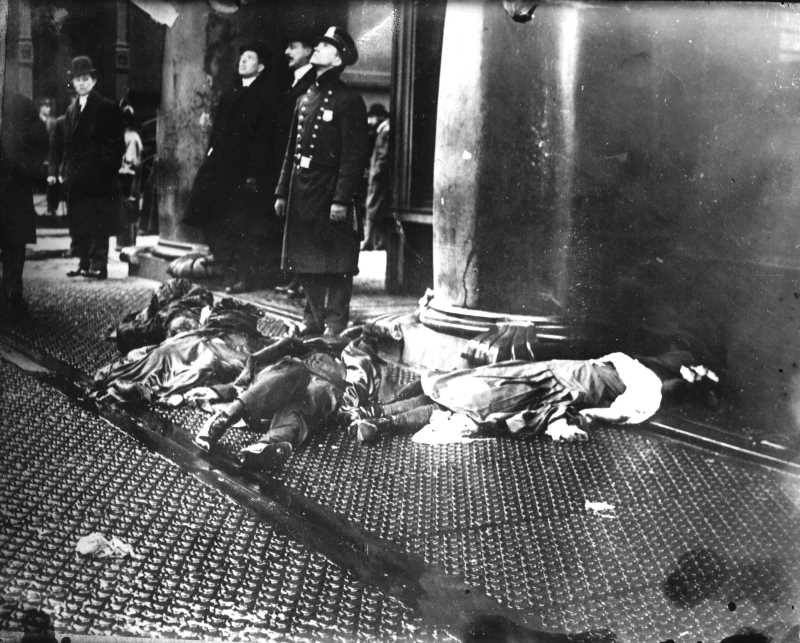How the Triangle Fire Changed America's Workplaces
The Triangle Shirtwaist Fire exposed the horrors of sweatshop conditions. This 1911 tragedy spurred public outcry, leading to groundbreaking reforms in workplace safety and a lasting legacy in the fight for workers' rights.

The air crackled with nervous energy on that fateful afternoon of March 25th, 1911. Inside the cramped, dimly lit floors of the Triangle Shirtwaist Company near New York City's Washington Square, garment workers hummed and clicked away at their sewing machines. Bundles of fabric were piled high, scraps, and threads littered the floor, and the scent of oil and machine grease hung heavy in the air. Outside, the world hummed in the twilight, oblivious to the kindling disaster about to unfold.
Among the Triangle's workforce were hundreds of young immigrant women, a motley assemblage of Italian, Eastern European, and Jewish descent. They were daughters and sisters, their eyes carrying the dreams of a new life in America. But those dreams, as fate would have it, were about to go up in smoke.




